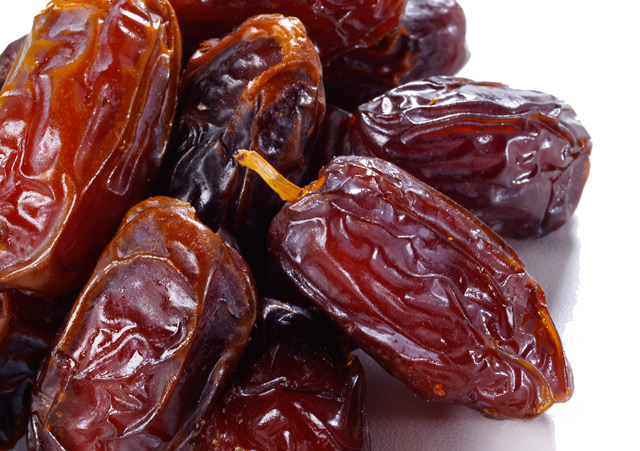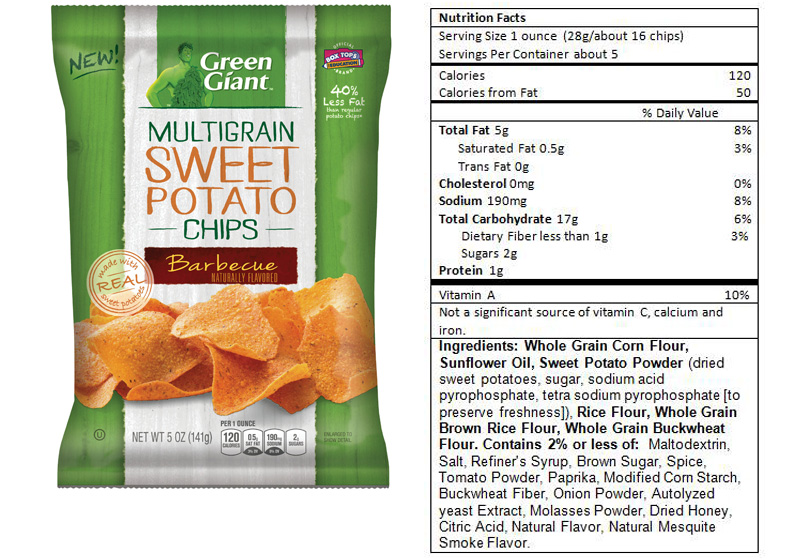Spice up your life- spice up your health
Spice up your food, enjoy the flavors, and improve your health.
Spices are a key component to a healthy diet. Throughout the world spices play a major role in healthy flavorful cooking . My goal is to help parents introduce spices to their children at a young age in order for them to develop a well rounded taste for healthy diverse eating .
There are several parts to good health related to whole healthy nutrition. First is the type of food. Whole natural foods with an abundance of green vegetables and other plant foods like fruits, beans, nuts, seeds, and whole grains. For maximum health the food you eat should be organic ( when available and affordable) unprocessed with no preservatives or chemicals. Developing a taste for truly healthy foods not only includes what you add to the foods including important healthy spices but just as importantly what you eliminate. Salt, oil, sugar are negative influences on whole healthy food and reduce the health quality of food and hide the true flavor of natural food. With the inclusion of spices to improve the taste of your food you will be able to reduce the amount of unnecessary oil, sugar, fat, and salt.
Spices enhance your food while improving your health. Spices are essential to both enjoyment of the flavor and health of natural food when you remove the processed ingredients.
I generally carry a mixture of my base of spices with me whenever I go out to a restaurant. I often get asked which spices should I start with when people who want to start on the road to improving their health and that of their families. Below is my essential spices to begin a healthy meal.
My basic spices include the following health enhancing choices
(Most parents start with a very small amount on their hand allowing their child a taste. Slowly over weeks they increase the amount as the child develops both enjoyment and tolerance for that particular spice)
Turmeric- should be organic. You can buy it fresh and grate it yourself which is preferred. Remember the yellow stains everything it touches or you can buy organic powder. Review the brands some are cleaner than others. Turmeric is establishing a reputation in medical circles for its anti-inflammatory properties which help reduce diseases associated with inflammation. Turmeric is being studied for improving symptoms from everything from viruses to joint pain and even cancer. – start with a 1/4 teaspoon working to 1-2 teaspoons per day or meal.
Ginger– Also should be fresh when you grate it or you can buy organic ginger powder. Ginger that is already incorporated into other spice mixtures or tea is not the recommended form. This is one of the favorite ingredients in many holistic recipes to fight colds and flus. Ginger is anti inflammatory and Immune enhancing. It is known to help fight viruses and colds, particularly nausea and influenza symptoms. You can add it to food, teas, or lozenges
-start with a 1/4 teaspoon working to 1-2 teaspoons per day or meal.
Cinnamon – should be organic. Ceylon cinnamon is the purest and healthiest form and is considered the real cinnamon. Cinnamon helps regulate your sugar level. Keeps you from being hungry and has anti inflammatory properties. -start with a 1/4 teaspoon working to 1-2 teaspoons per day or meal.
Garlic- same fresh local organic cut it or grate it yourself. If you buy powder it should be organic from brands you trust. Besides the taste, garlic has immune enhancing properties and anti inflammatory characteristics which helps your body fight colds and viruses.- start with a 1/4 teaspoon working to 1-2 teaspoons per day or meal.
Peppers of all forms – particularly spicy red peppers and cayenne peppers, and bell peppers are anti inflammatory, immune boosting, and even help with fever and viruses. Black pepper is also immune boosting especially in conjunction with turmeric. Start with just a few flakes and sprinkles. Work your way up to a pinch and then quarter teaspoon slowly.
Oregano ( herb or spice) is also key in any healthy diet -is tasty and helps enhance your immune system for fighting colds. -start with a 1/4 teaspoon working to 1-2 teaspoons per day or meal.
There are many more healthy spices for flavor and health benefits but these six are what I consider the basic ones to add to a whole food and you can build from there.
Try to keep these spices readily available so you can remember to add them to as many meals as possible. They should become a consistent part of your healthy diet. Start slowly with a very small amount then work your way up to your desired taste as you and your child get accustomed to the spicy taste. You can add additional spices depending on the type of meal you are preparing.
So spice up your food, enjoy the flavors, and improve your health
Warren Krantz MD
HealthfulMD



